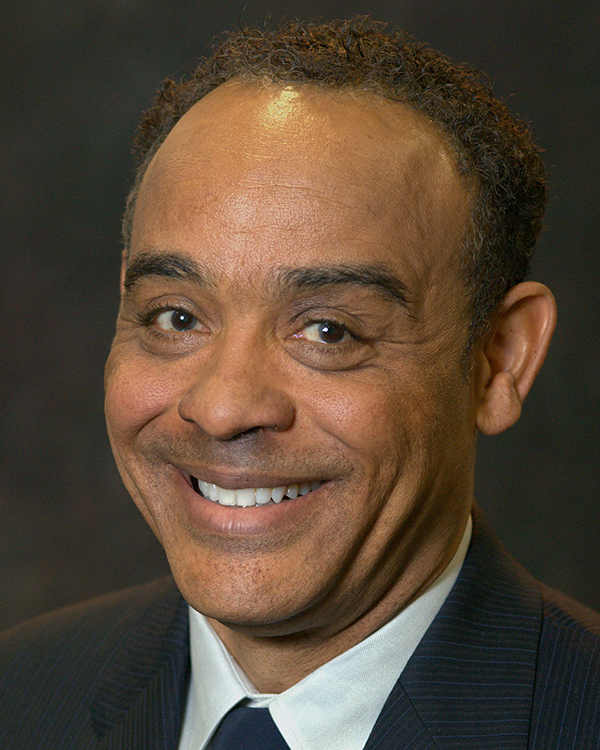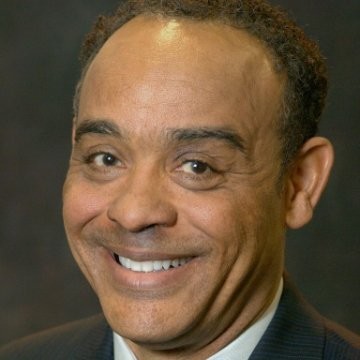By John Grace, Contributing Columnist
Let me begin by acknowledging all of the front-line workers for your courage and dedication in occupations that pose a variety of health risks in your workplaces.
We appreciate you for being the backbone of health, education, and protective service systems across the country. Wearing personal protective equipment while caring for those infected with COVID-19 still puts workers 3.4 times the risk of infection, according to a new study from King’s College London.
African American, Latino, Asian American and other minority care providers were fives times more likely to contract COVID-19 than their white counterparts, the study found.
Let me offer our appreciation for our resolute professionals in a very meaningful way. For every front-line worker, Investor’s Advantage Corp. is willing to help you plan your financial success at no cost or obligation.
When financial advisors put together a financial plan, the average cost across the country appears to be about $2,000, I learned at a conference for financial planners in Seattle last year.
My team will spend up to 90 minutes with front-line workers and their families to help you first, determine how much money you will need to make work optional after your last paycheck.
Second, we will work with you so that you know how much money is needed in your household in the event of premature death of either wage earner.
Third, we can assist in your setting goals for college education as necessary for children. Now adults, we understand, it’s not the pursuit of happiness, but the happiness of pursuit. Let’s put some goals in writing so you can look forward to getting to the other side of this pandemic knowing you are putting your financial house in order.
Once you make work optional there’s a new goal: to keep making work optional for the next 20 to 30 years after your last paycheck.
Now let’s look at what the financial future may hold. It makes sense to this financial adviser to consistently hope for the best, as you plan for the worst. According to me, there is no need to attempt to predict the future, but there is value in preparing for the good, the bad and the unforeseen.
That way you may be able to survive the story, no matter what the next hurricane might be named.
When all is said and done, David Hunter, chief macro strategist at Contrarian Macro Advisors, thinks the stock market can lose up to 80% of its value. Hunter went on to say at Business Insider, Aug. 1, that the global economy is in the midst of massive “bust” consisting of two distinct phases.
Phase two of the bust, which Hunter is forecasting to take place in late 2020 or early 2021, will be “steeper and deeper” than the ongoing first phase. Due to future inflation and present stimulus, Hunter asserts gold can hit $10,000 or higher in this decade.
“I think we’re in the bust now,” Hunter said in a recent O&M Partners Interview. “So I use the term ‘bust’ to describe something that’s bigger than a recession, steeper and worse than a recession, but not as elongated as a depression.”
Make no mistake, COVID-19 is a disaster of epic proportions. I do not agree with so many pundits who are certain a V-shaped recovery is in the cards. There are just too many clouds on the horizon and the market does not like uncertainty.
Of course, only time will tell if Hunter called it. But do notice, just as he described a potential decline, he also offered a place where there may be great gains. The old adage, “There’s always a bull market somewhere” is a good reminder of how things work. Investors must be agile these days.
While you are less distracted, take the time to determine how much money you will need to make work optional at the age you desire. Discover, perhaps for the first time, how much loss is acceptable to you.
Look at the odds for success. If your account is down 20%, you need a gain of 25% to get back to even. When the hole gets deeper, the necessary gains become exponentially higher.
While a 30% loss requires a gain of 50%, a 40% decline needs a return of about 66%, and a 50% drawdown needs 100% to fully recover. See what you can do to limit your losses so you don’t need a hail-Mary pass just to get back in the game. Trust me, you will sleep better.
John L. Grace is president of Investor’s Advantage Corp, a Los Angeles-area financial planning firm that has been helping investors manage wealth and prepare for a more prosperous future since 1979. His On the Money column runs monthly in The Wave.













